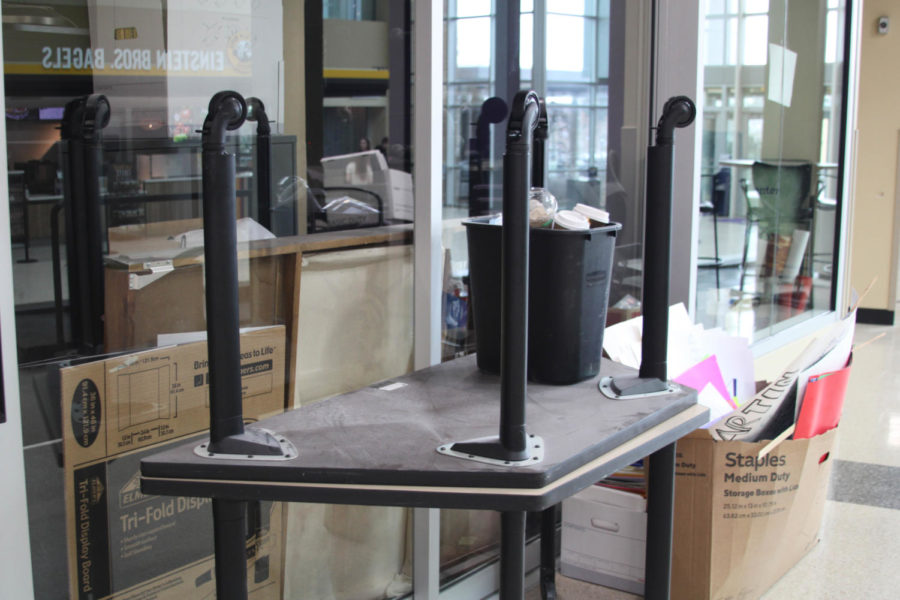Keeping up with the cultural centers
Following the recent closure of the Center for Multicultural Excellence, planning and preparation for new cultural centers is in full swing. The new name for these cultural centers is the Center for Belonging and Cultural Engagements.
Even though these centers are aimed toward helping students of color, some feel that with the changes, WSU is more focused on the future. Students are also concerned about how the groups will be collaborating with each other in the future.
Maria Vazquez is one of those students who used the Center for Multicultural Excellence regularly, but now she feels like the university has forgotten about her.
Vazquez said the CME space has been mostly empty of students, she thinks many of them think it’s closed. She doesn’t know where to go.
“And now I just feel a little disconnected from campus,” Vazquez said.
Genesis Vargas-Arrona, the undergraduate leader liaison for Hispanic initiatives, wondered what unity and collaboration will look like when they’re separated and in different locations.
Another concern is the budget and where the funding for these centers are going to be coming from. Vargas-Arrona said they were assured there would be a budget for the centers, and it wouldn’t change until the end of the semester.
“We’re noticing that’s the opposite,” Vargas-Arrona said. “There’s budget cuts.”
According to the university there is money for this change, but it’s unclear where that money is coming from as of now.
“They keep telling us that there’s grants and there’s things that they can apply for, but it’s not guaranteed funding. It’s not like they have that money available,” Vargas-Arrona said.
Students who worked in the CME are being asked to work less, and students looking for financial assistance from the centers are having a harder time.
Vazquez tried applying for a scholarship to help her buy an expensive book she needed this semester, but she didn’t receive one.
“There was no scholarships available, because there’s no funds in the center,” Vazquez said. “So where is this money for the new center going to come from? They can’t even help me with maybe half or help me find a useful book or something to that effect. How are they going to have money to provide a new center for, maybe not me, but for future students?”
Joshua Wooton, the undergraduate liaison team lead, was told that the centers are going to rely on funding from donors until the federal fundings rolls out in the next academic year.
Another concern students have is the lack of clear communication. Nobody really knows what is going on.
Wooton said that when talking about where the individual centers are going, the funding problem or any other questions he receives vague answers back, or answers like “We’ll talk about that tomorrow.”
Even the leaders and counselors don’t know how to answer some of the questions the students have because they haven’t been told the answers.
Vargas-Arrona said the leaders the administration pushed to the front to run the centers, don’t have the answers either. They try to answer as best they can, piecing together what little information they have.
“Because even if you talk to some of the counselors, some of them don’t even know how to help us. It’s not that they don’t want to, it’s just everything is just up in the air,” Vazquez said.
Students think the CBCE has potential, but right now has flaws.
“I hope people know that there are safe places and there’s safe people on campus,” Vargas-Arrona said. “It’s important that students are aware of what’s happening and that they try to join the conversation as much as they can so that they’re advocated for as best as they can be.”














